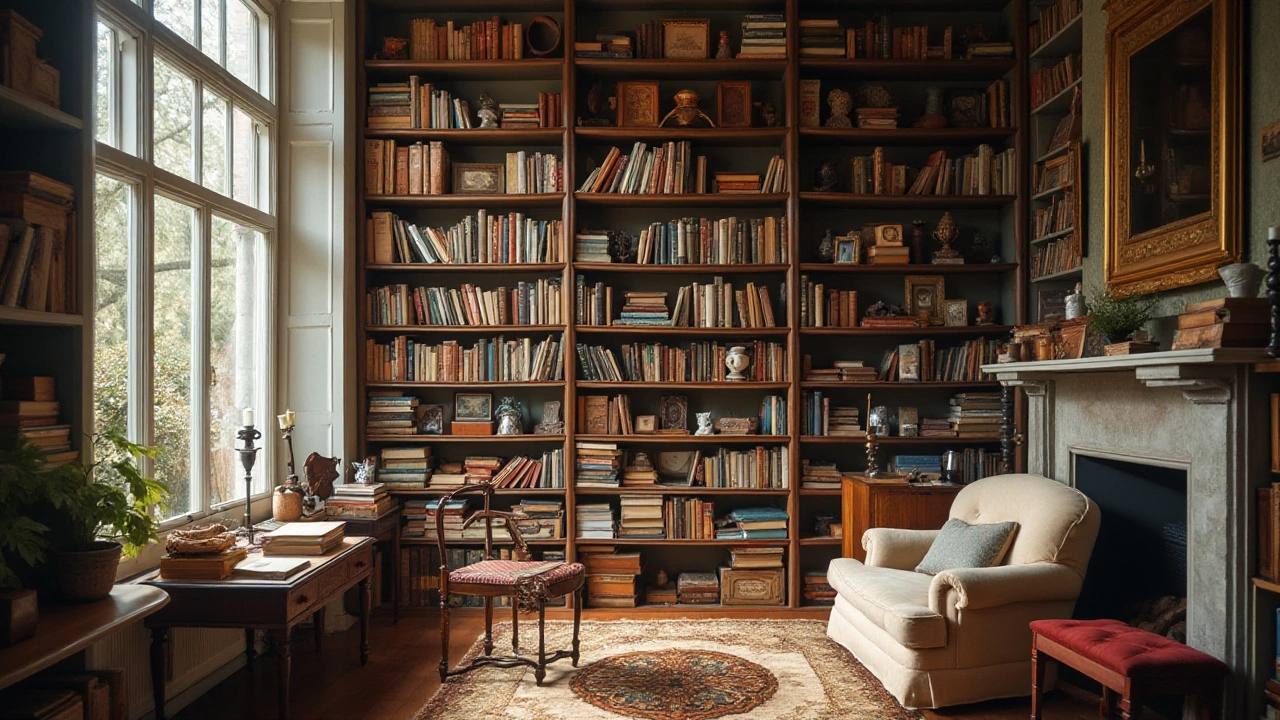Bookshelf Benefits: Why Adding Shelves Improves Your Home
Ever walked into a room and felt instantly more organized? That’s often the work of a well‑placed bookshelf. It’s not just a place for books—it's a storage hero, a visual anchor, and a mood‑setter all in one. In the next few minutes you’ll see how a simple shelf can upgrade the look, feel, and functionality of any space.
Practical perks you’ll notice right away
First up, storage. A standard 5‑foot wall unit can hold dozens of novels, binders, and even decorative boxes. That frees up drawers, clears clutter from coffee tables, and makes everyday items easy to grab. Second, it creates vertical space. When floor area is limited—think tiny apartments or cozy bedrooms—a tall bookshelf uses height instead of spread‑out floor space.
Third, it improves air flow. Open shelves let light bounce around, making rooms feel larger and brighter. In contrast, a packed closet can trap dust and create a cramped vibe. Finally, shelves help you organize by category: hobbies, work files, kids’ crafts, or favorite souvenirs. Having everything sorted at eye level saves time and reduces stress.
Styling tips that turn shelves into focal points
Once the practical side is covered, have fun with design. Mix vertical books with horizontal stacks to break monotony. Add a few small plants or a decorative tray to inject colour and texture. Keep the top layer light—perhaps a few photo frames or a vintage clock—and let the lower shelves hold the heavier items.
Balance is key. If a shelf is all books, try inserting a tall vase or a woven basket to add visual interest. Group items in odds of three or five; the human eye naturally reads in clusters. And don’t forget the back panel—paint it a soft hue or use a subtle wallpaper to make the display pop without overwhelming the room.
Placement matters, too. In a living room, position the unit opposite the sofa so it becomes a natural focal point. In a bedroom, a lean‑to bookcase can double as a nightstand, holding a lamp, a read‑later stack, and a glass of water. For narrow hallways, a slim ladder shelf adds storage without blocking traffic.
Finally, think about the material. Wooden shelves add warmth and match rustic or modern décor. Metal frames give an industrial edge and work well with sleek, minimal rooms. Choose a finish that complements existing furniture to keep the look cohesive.
Bottom line: a bookshelf does more than store paper. It organizes, brightens, and personalizes a room. By picking the right size, style, and accessories, you turn a plain wall into a functional showcase that reflects who you are.
Ready to add some shelves? Measure the wall, decide on height versus depth, and pick a finish that matches your vibe. Then fill it with books, keepsakes, and a couple of eye‑catching pieces. In no time you’ll notice a tidier space, a more inviting room, and a little boost to your everyday mood—all thanks to the humble bookshelf.
Choosing Between Open and Closed Bookshelves: What's Best for You?
When it comes to showcasing your beloved collection of books, knick-knacks, or decorative items, the decision between an open or closed bookshelf can change the look and feel of your space. Open bookshelves offer accessibility and display advantages, while closed bookshelves provide protection and a neat appearance. Each setup has its unique attributes that cater to different needs, such as aesthetic preference or functional use. Understanding the strengths of both can help you make an informed choice to suit your lifestyle and home interior.
More
